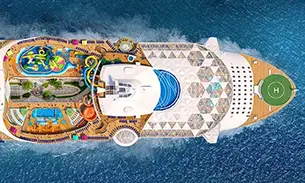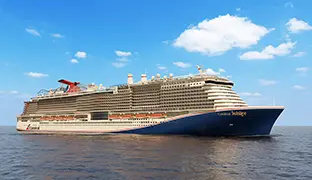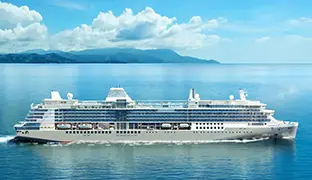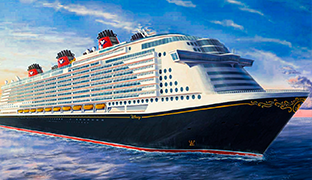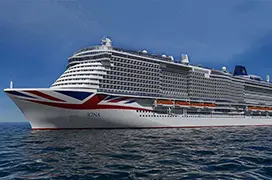Sustainable Tourism: Sustainable Cruises
Sustainable tourism has become, especially in recent years, an increasingly prominent topic for cruise companies, which work daily to minimize their impact on the planet with targeted strategies to preserve not only the oceans but also the communities visited during port stops and the surrounding territories.
Several initiatives have been put in place by the industry’s major players. Among these, first and foremost, new technologies regarding "Green" fuels such as LNG, which stands for Liquefied Natural Gas, one of the cleanest fossil fuels in the world, capable of significantly reducing nitrogen oxide and sulfur dioxide emissions, and which has opened the doors to new eco-friendly alternatives such as green methanol propulsion and hybrid ships. The common goal remains zero emissions by 2050.
In addition to the search for less polluting fuels, cruise companies also focus on managing internal waste. The most modern cruise ships are equipped with recycling systems, while almost all brands have banned disposable plastic items on board their fleets in favor of recyclable or biodegradable alternatives.
Energy saving is also at the center of the sustainability strategy. For several years now, cruise ships have been using LED lighting systems, which are much more efficient and durable, lasting up to seven times longer than traditional lamps. Some ships are equipped with sophisticated heat recovery systems, usually generated by engines and reused for heating water, especially for use in onboard laundries and the ship itself. Even the electrical energy generated by the movement of elevators is recovered and recycled.
Central to the manifestos of all companies is marine sustainability. Cruise ships chart routes designed to avoid marine reserves and areas where the risk of collision with marine mammals is very high. In the most sensitive areas of the planet, the smaller ships that visit earthly paradises such as the Galapagos, Polynesia, and more, boast virtual anchoring systems designed to preserve delicate seabeds.
Finally, raising passenger awareness about the importance of sustainability plays a decisive role in the success of the project. Companies provide daily information on sustainability on board their ships through experts on the subject, guided tours of the ship’s eco-friendly facilities, and provide guests with the necessary guidelines for a sustainable cruise.
Below is a list of currently available Green cruise ships.








